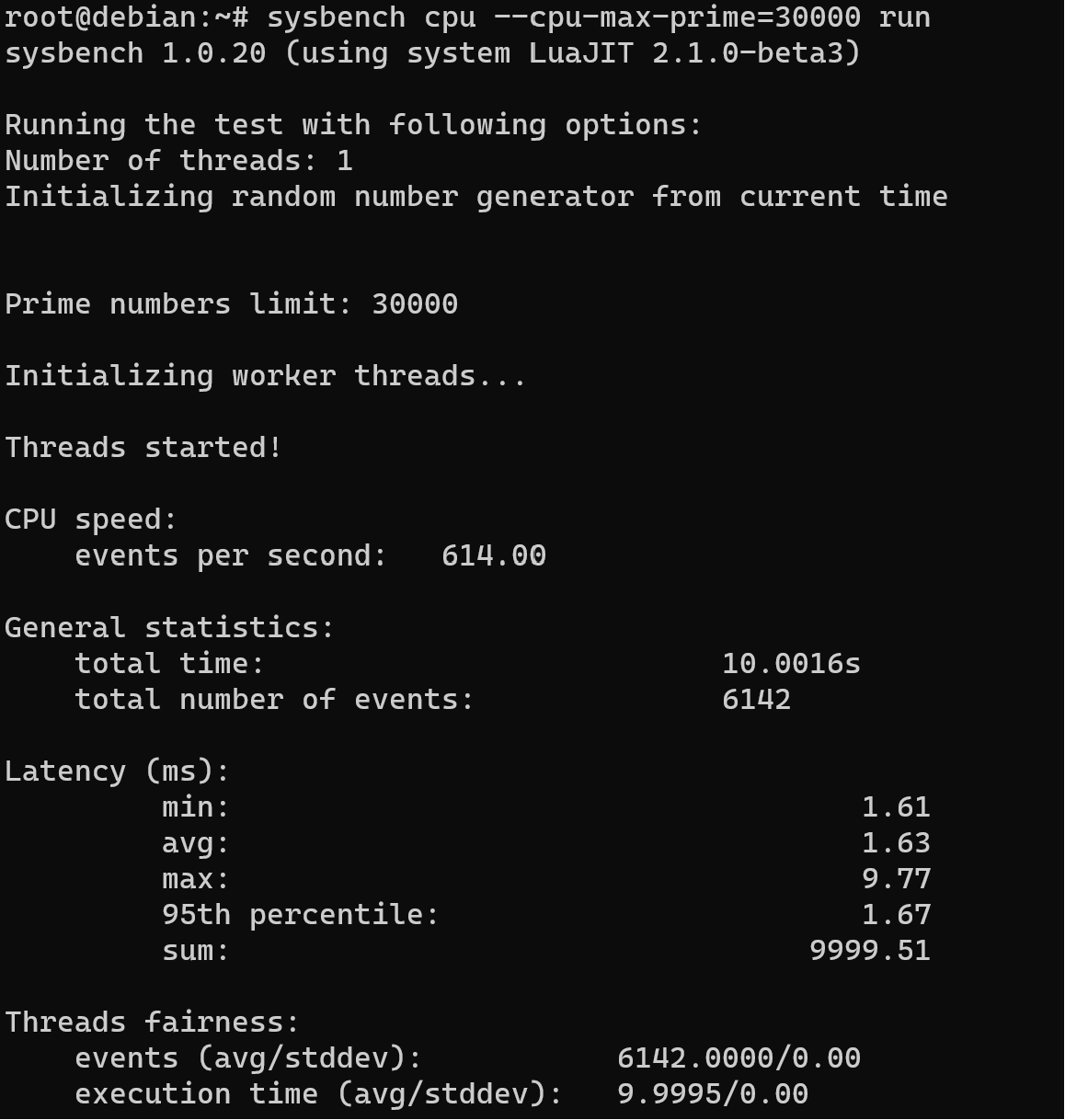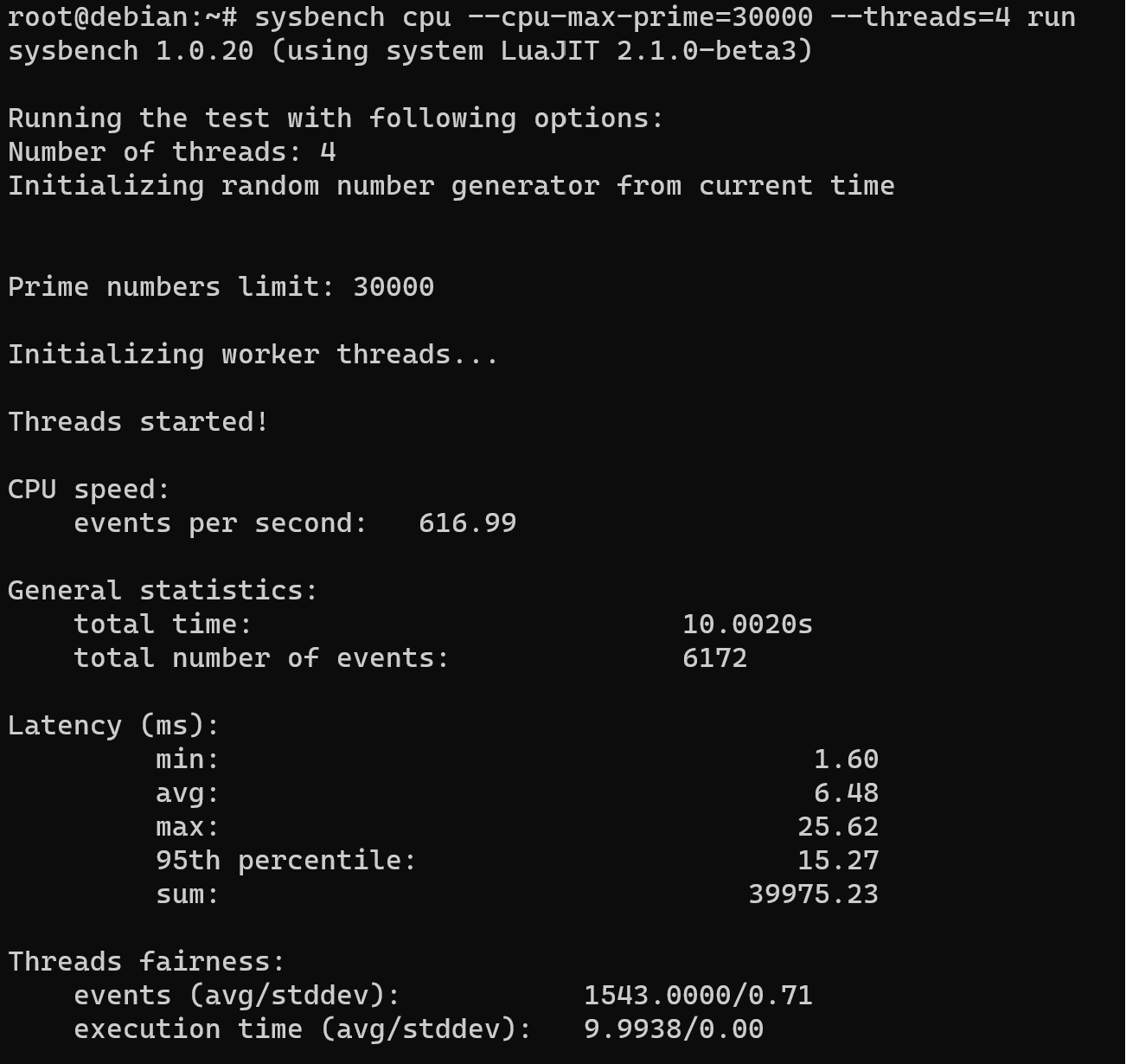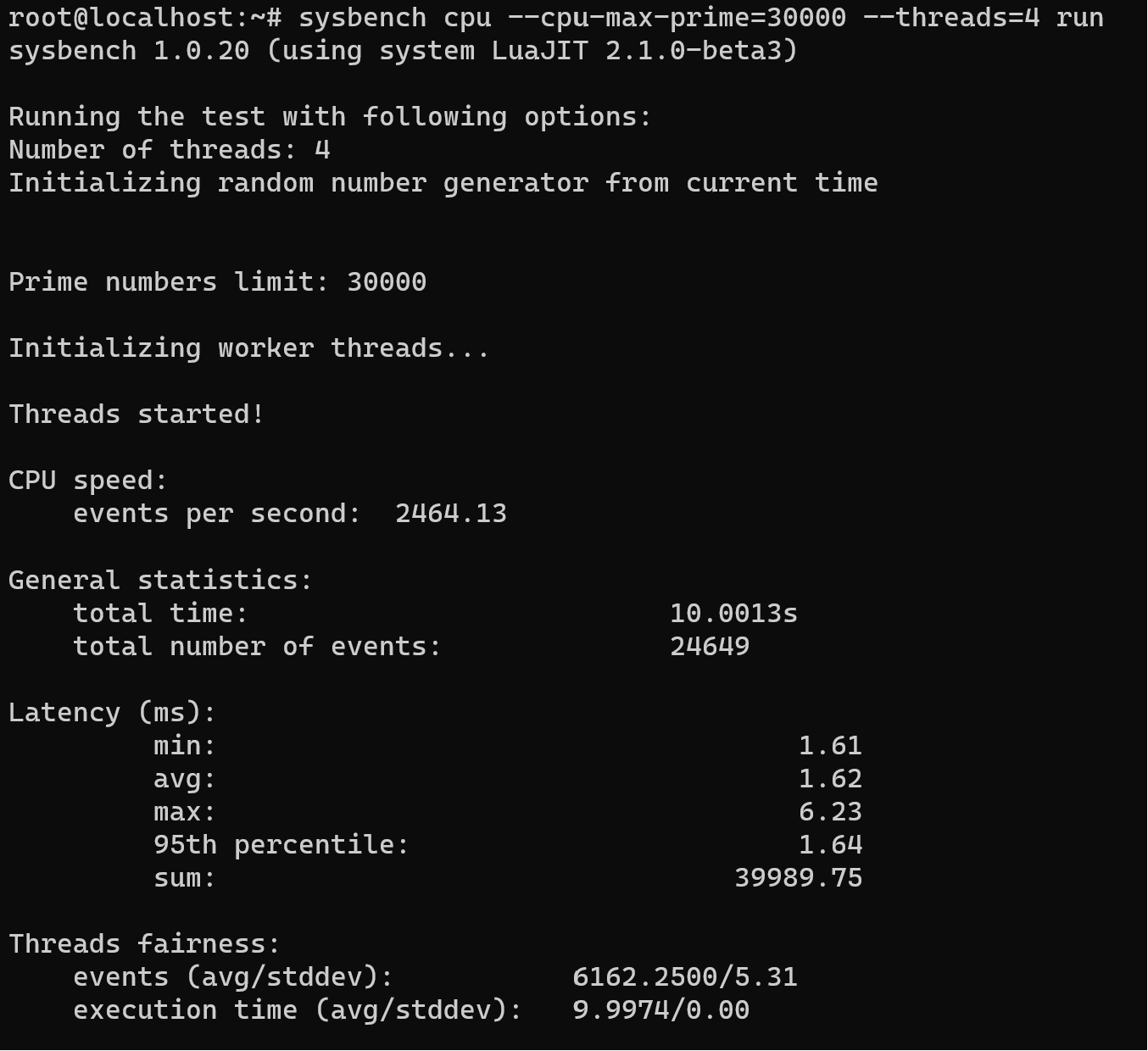What is stress-tool?
Stress testing tools are a vital part of any software development or system optimization process, as they allow developers to identify potential issues with their systems before deployment. It should be noted that it has nothing directly related to user experience — the sole purpose is ensuring a smooth and glitch-free operation for all involved parties including clients/users! Here are some reasons why such instruments are beneficial:
- Stress Testing Tools provide insight into how software will respond under heavy load conditions — This is crucial information, especially if you're launching or redesign a high-traffic online service with no room for performance hiccups (i.e., customer support complaints). A thorough examination of your system’s response times helps to pinpoint weak points that need fixing and allows for optimized distribution/use of resources on the server side without causing bottlenecks;
- Testing software under heavy load is necessary as it reveals potential bugs/glitches — The more stress testing one performs, the greater likelihood they will find issues in their system (which may be overlooked using conventional methods). For instance: running two or three instances of popular browser games in rapid succession on identical hardware might reveal an incompatibility between different versions; while trying to simultaneously upload/stream a large file through multiple devices could expose whether there is enough bandwidth available to support all users at the same time;
- Stress testing tools provide valuable statistics/metrics — These can be used by administrators and developers alike during system maintenance checks (or when troubleshooting).
In that instruction we will consider one of the example such tool for testing CPU!
Practice usage
Commonly for estimate how our system will work in the production, we need to make plan. Split our system for several parts: software, hardware and network. All of them needed to be benchmark with average value of performance. In that part of instruction we will consider estimation of server's CPU on the Linux machine. Which occupied large part of product server in the world. Also for the system process influence disks speed, RAM and etc.
Firts of move in any manipulation it's updating package in the system by one command below:
apt update && apt upgrade -y
We will use sysbench for make intense and express test our server without installation complex software, that can be useful for situation when we need estimate server in determine deadline. And answer how that will work? Install process isn't complexity:
apt install sysbench
Wait till process will be done and now we can use utility for test. Stop anything useless services or daemon which you will not use in the system. Syntax of command looks like sysbench [options] [testname] command that multitool can check also RAM, I/O system and etc. but we look at the CPU section. For test you need use command:
sysbench cpu --cpu-max-prime=30000 run
In the picture you can see different metrics: speed, latency and threads fairness. We make test by solving 30 000 prime numbers, but you can choose any else suitable test. By the default utility use one of the threads, modern program application use at least 2 or more threads, therefore we need options that model load of software with traffic. For that we can use:
sysbench cpu --cpu-max-prime=30000 --threads=4 run
That test we make on the machine with 1 core process with possibility to process 4 threads, but what if we increase our power? Let's make equal test on the machine with 4 core CPU and possibility to process 16 threads. For clearness of experiment we run the same test:
sysbench cpu --cpu-max-prime=30000 --threads=4 run
Average value rapidly down to the 6X! Also that utility can use for comparison or just for estimate power of server component!
In this instructional guide, we explored an example of a stress testing tool for testing the CPU, focusing on sysbench for Linux machines. The guide covered the process of updating packages, installing sysbench, and conducting CPU stress tests. The practical examples demonstrated how to evaluate server CPU performance, highlighting the impact of varying factors such as the number of threads and CPU cores. The guide concluded by emphasizing the utility of stress testing tools for comparing server components and estimating system power.
FAQ
- Q1: What is a stress testing tool and why is it important?
A1: Stress testing tools simulate heavy workloads on your system to identify performance bottlenecks, bugs, and stability issues before deploying software or services in production. - Q2: Why should I use sysbench for CPU stress testing?
A2: Sysbench is a lightweight, versatile tool that can quickly evaluate CPU performance, as well as RAM and I/O subsystems, without complex installations—ideal for fast and effective server benchmarking. - Q3: How does sysbench measure CPU performance?
A3: Sysbench runs computational tasks, such as calculating prime numbers, to create load on the CPU and measures metrics like execution time, latency, and thread fairness. - Q4: How can I simulate real-world multi-threaded CPU load with sysbench?
A4: By using the --threads option, you can specify the number of threads sysbench should use, allowing you to mimic workloads with multiple simultaneous processes. - Q5: Can sysbench help compare different server CPUs?
A5: Yes, sysbench provides measurable metrics that allow you to compare CPU performance across different machines or configurations to make informed decisions. - Q6: Is it necessary to stop other services before running the CPU stress test?
A6: It is recommended to stop unnecessary services or daemons to ensure that the test accurately reflects the CPU performance without interference.



